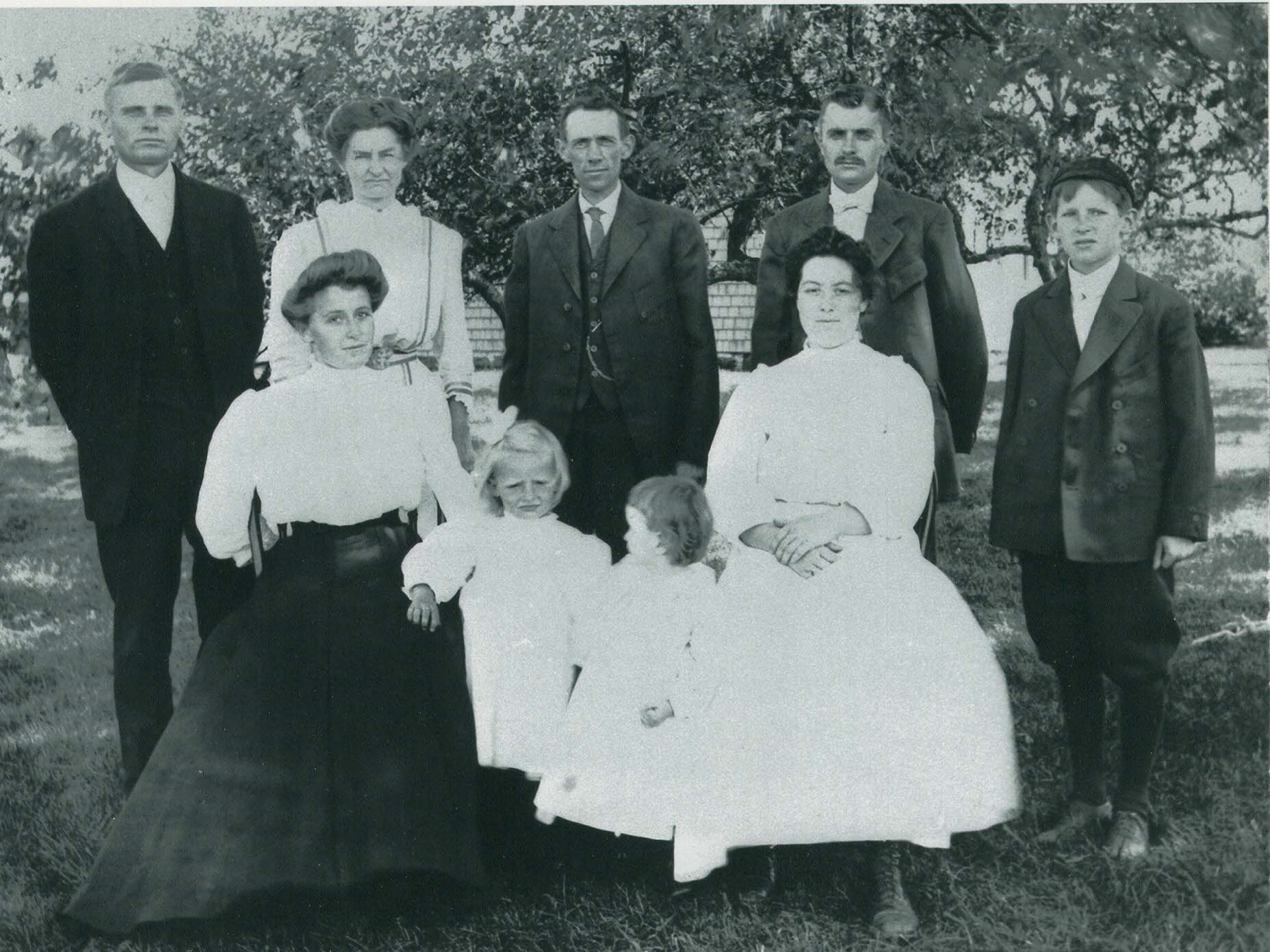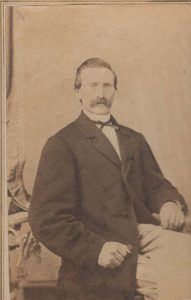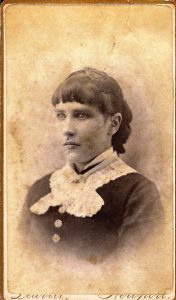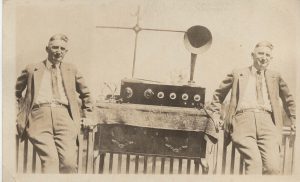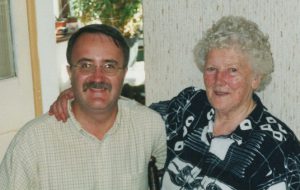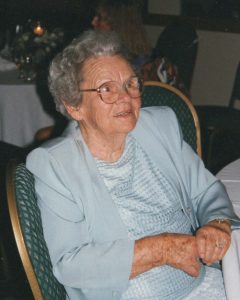
Among the emotions experienced at the conclusion of a genealogical investigation – surprise, satisfaction, pride, shock, joy, bewilderment – healing ranks high on my list. Almost 20 years ago, my friend Nancy Parsons Crandall asked me to prepare a family genealogy as a wedding gift to her son.
Nancy grew up with little family information of any kind. Three of her grandparents – two in Woonsocket, Rhode Island, and one in Rutland, Vermont – died within a month of one another during the flu epidemic of 1918. Continue reading Genealogical healing
